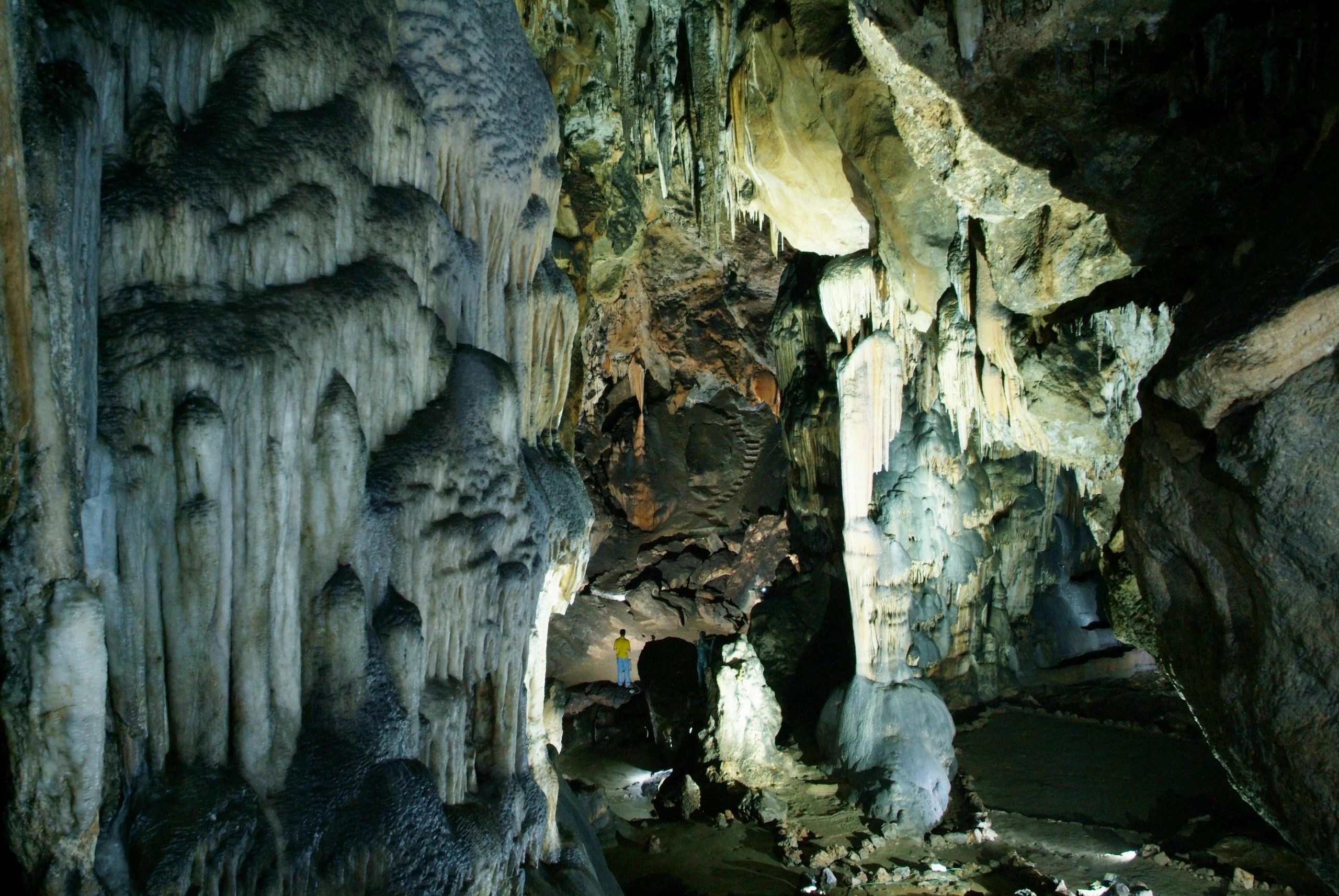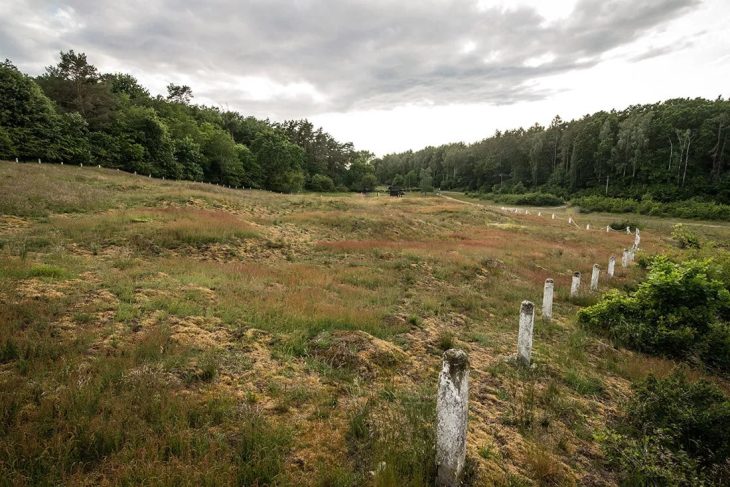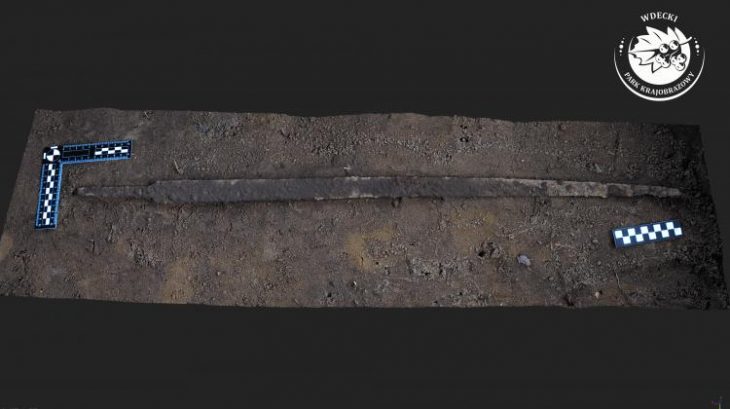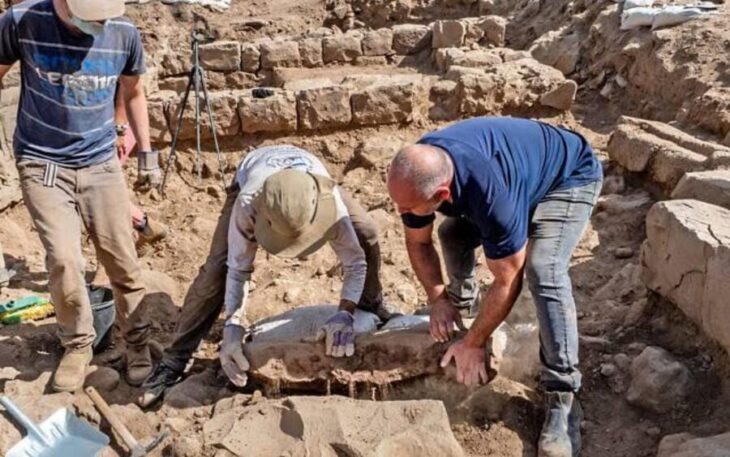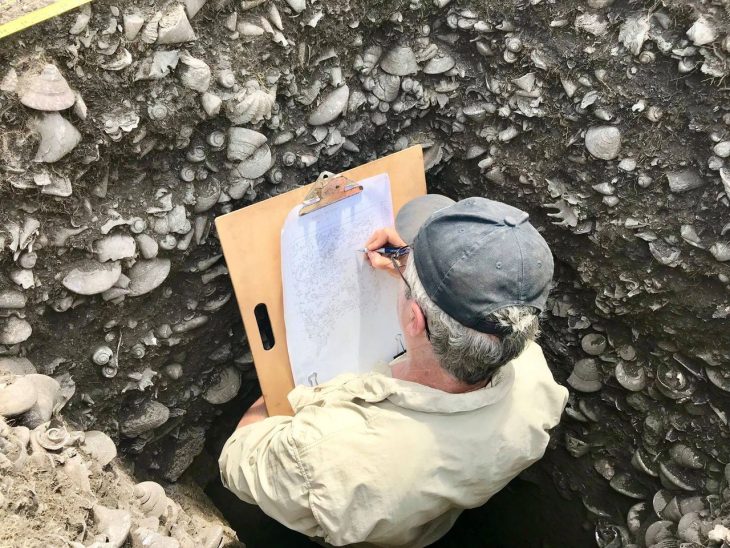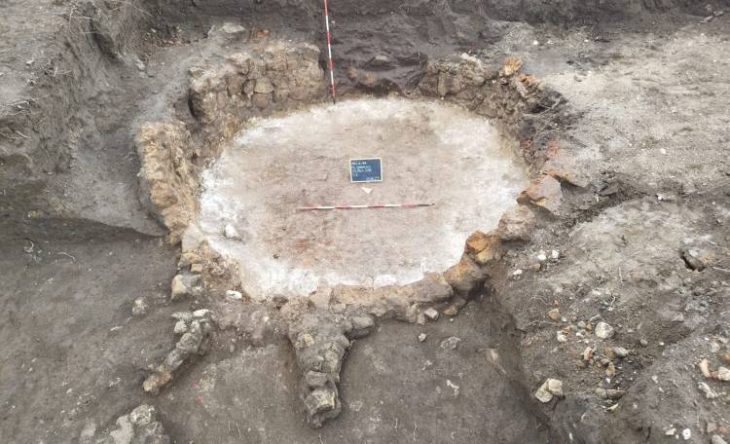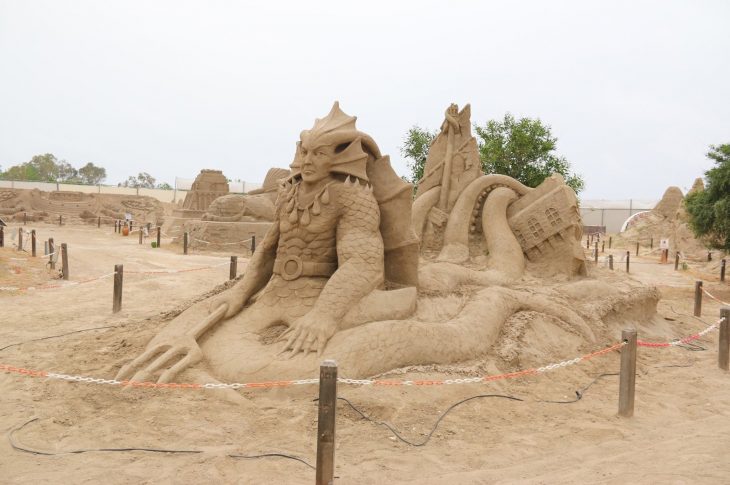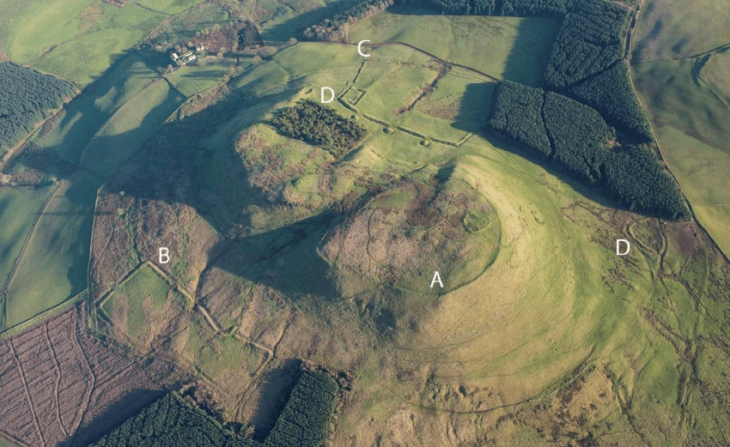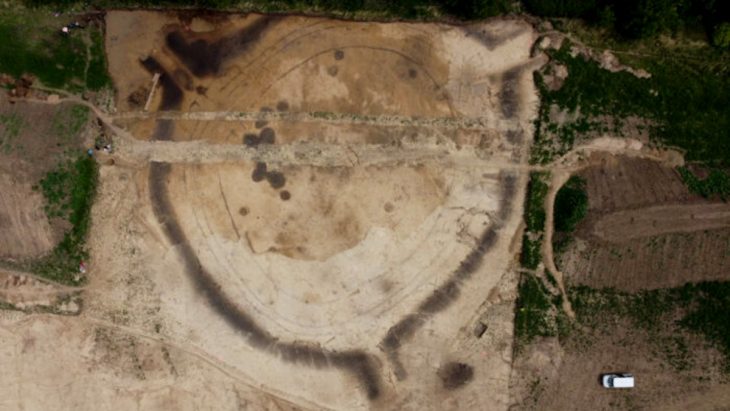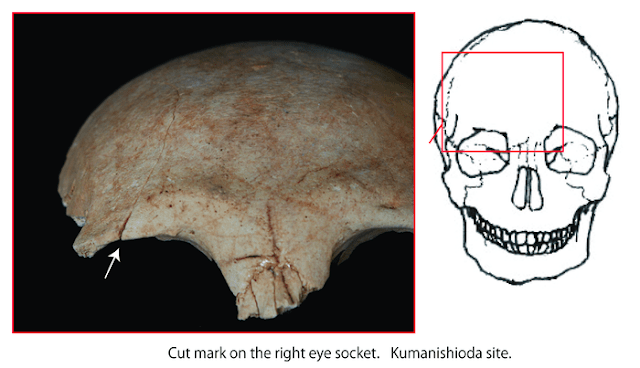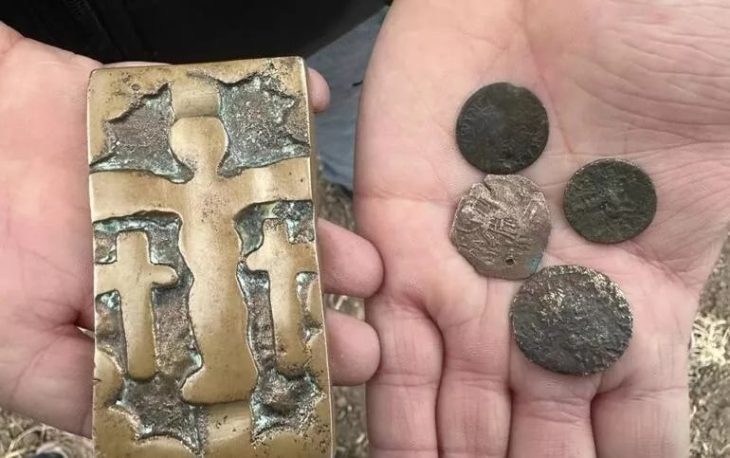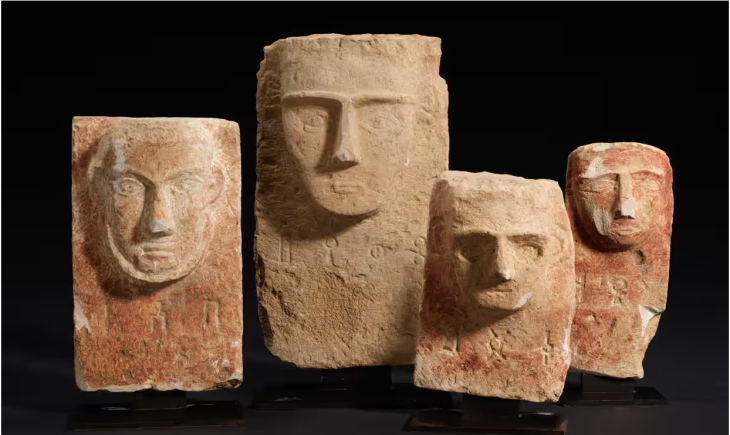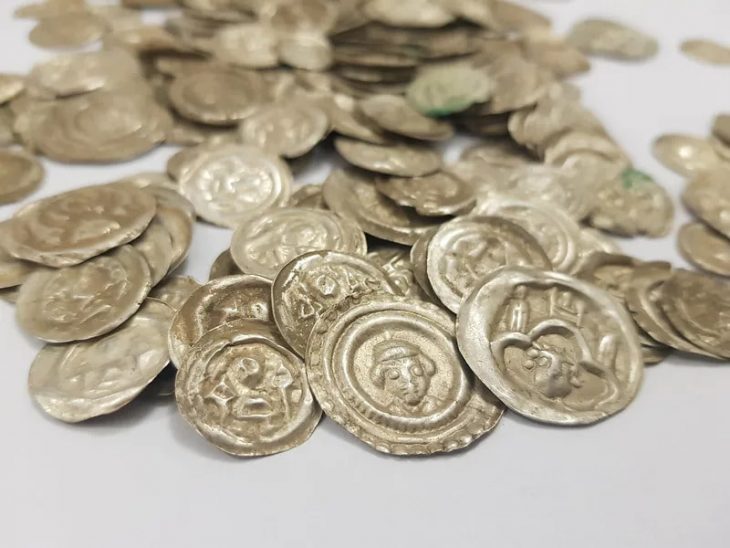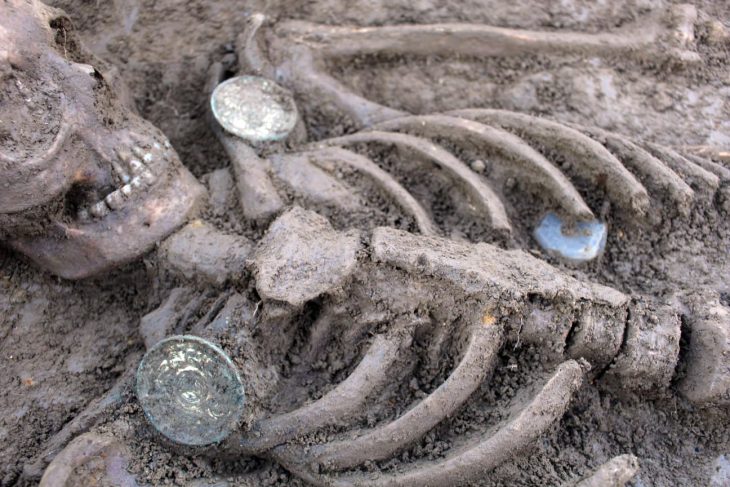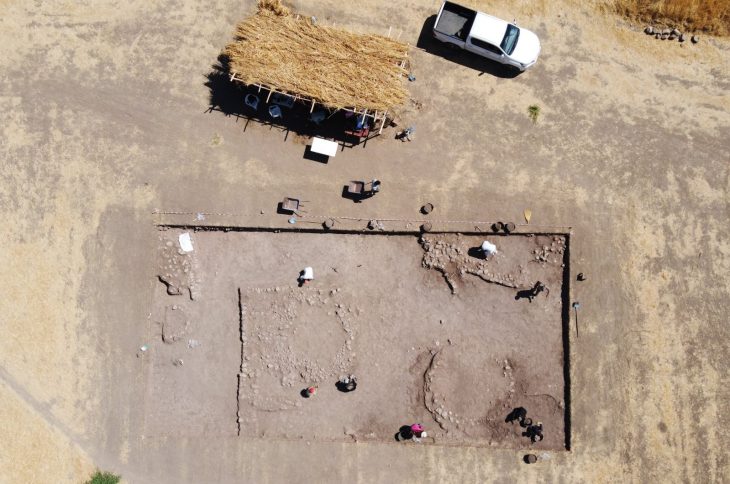Cueva de Ardales cave in Málaga, Spain, famed for the extensive prehistoric art on its walls was excavated for the first time by scientists, revealing a unique insight into what ancient Neanderthals and modern people used the cave for and how long they utilized it.
New research, published in PLoS ONE, on items from the first excavation has shed light on prehistoric Iberia’s human inhabitants.
Cueva de Ardales cave is famous for containing over 1,000 paintings and engravings made by prehistoric people, as well as artifacts and human remains. However, the nature of human usage of this cave has not been well-understood. In this study, the authors present the results of the first excavations in this cave, which shed light on the history of human culture in the Iberian Peninsula.
The murals, antiquities, and human bones from the cave were collaborated to analyze by archaeologists from Spain, Germany, and Denmark.
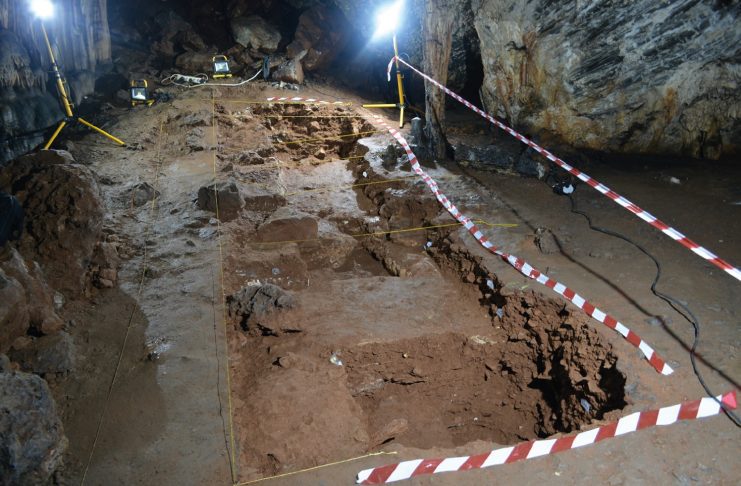
A combination of radiometric dating and analysis of remains and artifacts within the cave provide evidence that the site’s first occupants were likely Neanderthals over 65,000 years ago. Modern humans arrived later, around 35,000 years ago, and used the cave sporadically until as recently as the beginning of the Copper Age. The oldest rock art in the cave consists of abstract signs such as dots, fingertips, and hand stencils created with red pigment, while later artwork depicts figurative paintings such as animals. Human remains indicate the use of the cave as a burial place in the Holocene, but evidence of domestic activities is extremely poor, suggesting humans were not living in the cave.
The team’s findings confirm that Cueva de Ardales is a site of immense symbolic value.
The Iberian Peninsula holds more than 30 other caves with similar rock art, making the region a key locality for investigating the history and culture of ancient humans in Europe.
The authors add: “Our research presents a well-stratified series of more than 50 radiometric dates in Cueva de Ardales that confirm the antiquity of Palaeolithic art from over 58,000 years ago. It also confirms that the cave was a place of special activities linked to art, as numerous fragments of ochre were discovered in the Middle Palaeolithic levels.”

